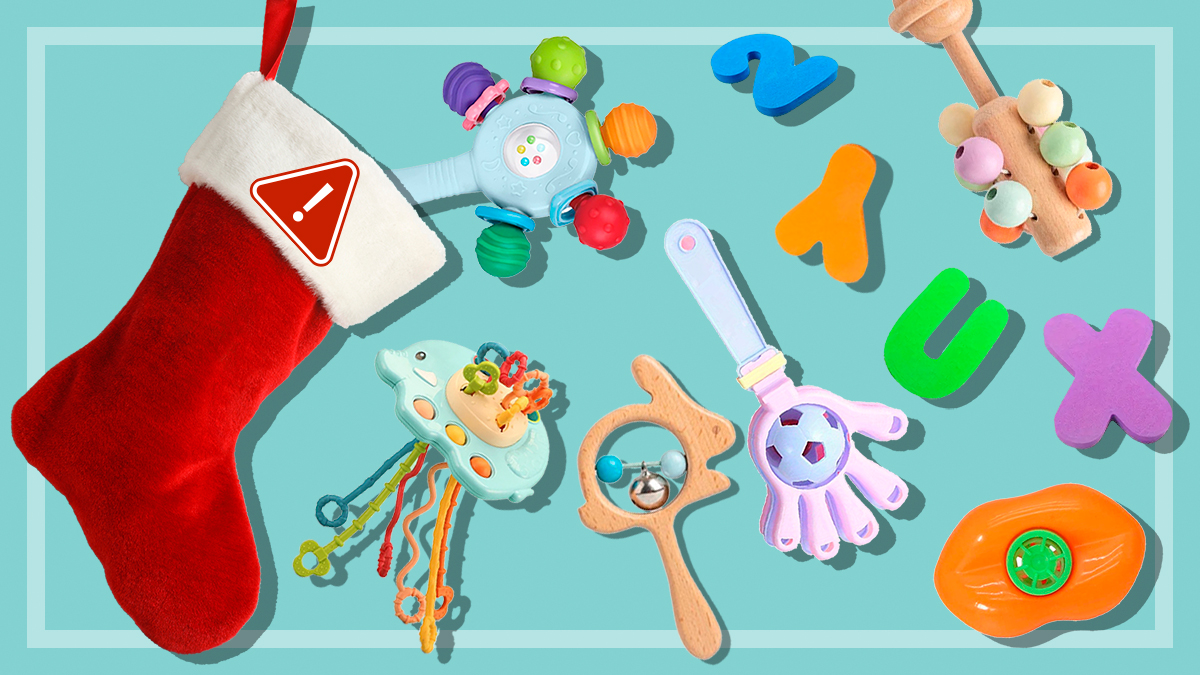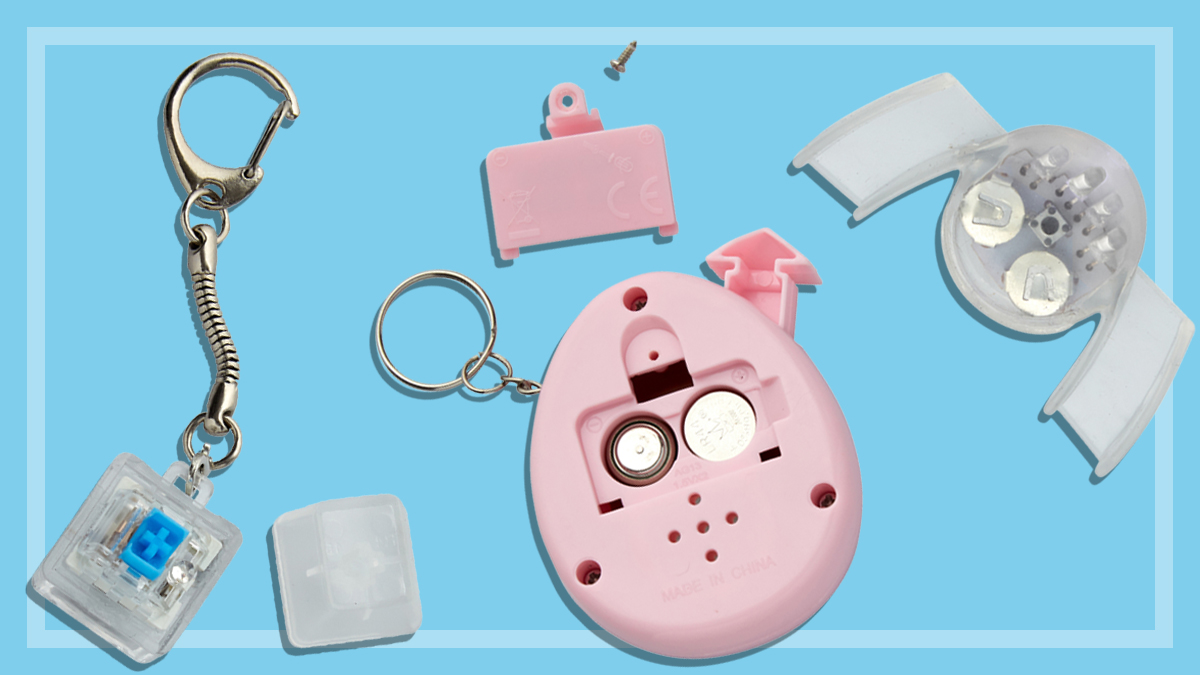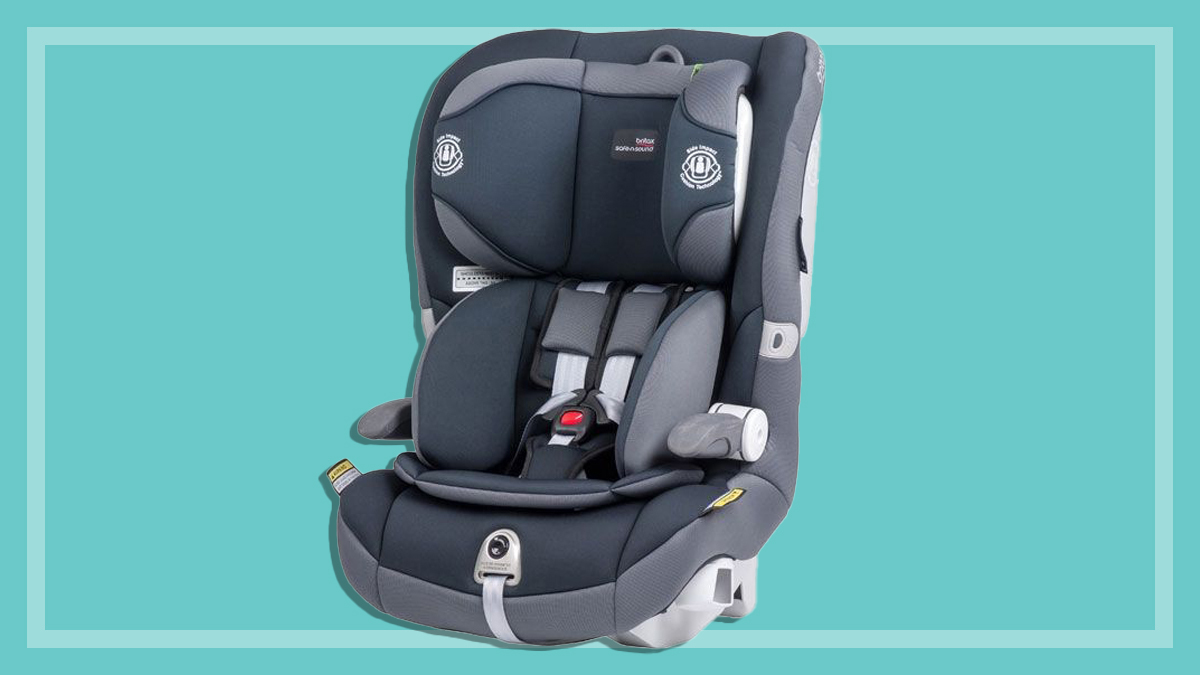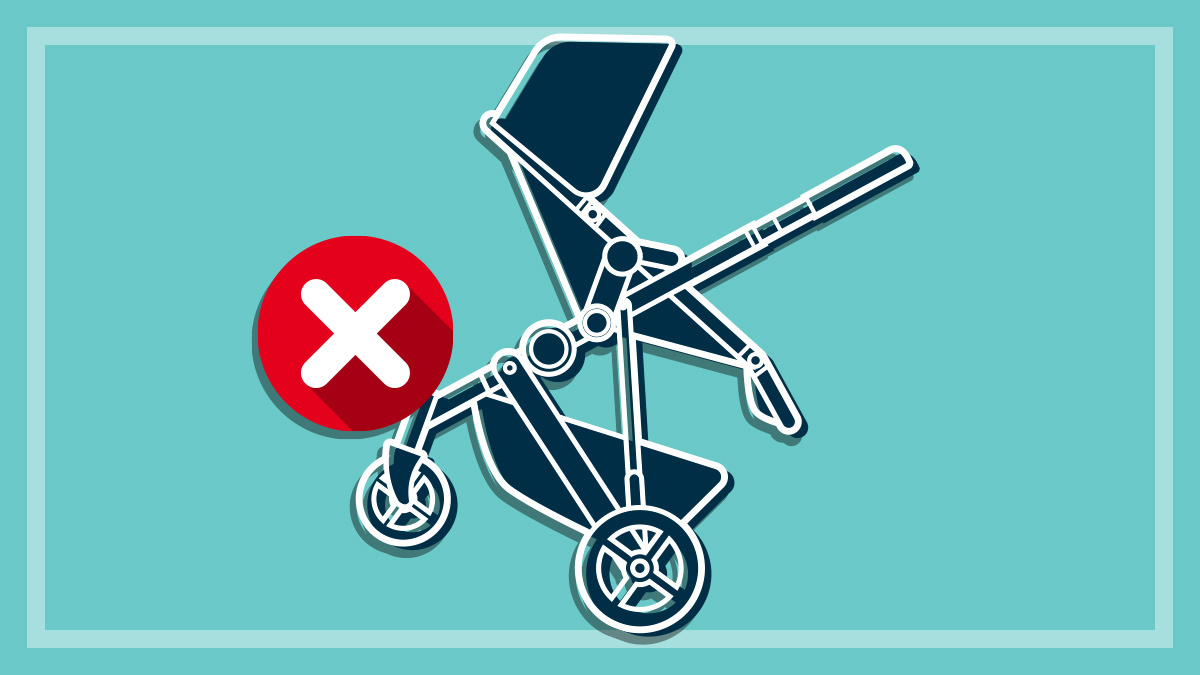Get our independent lab tests, expert reviews and honest advice.
5 money-saving lunchbox hacks
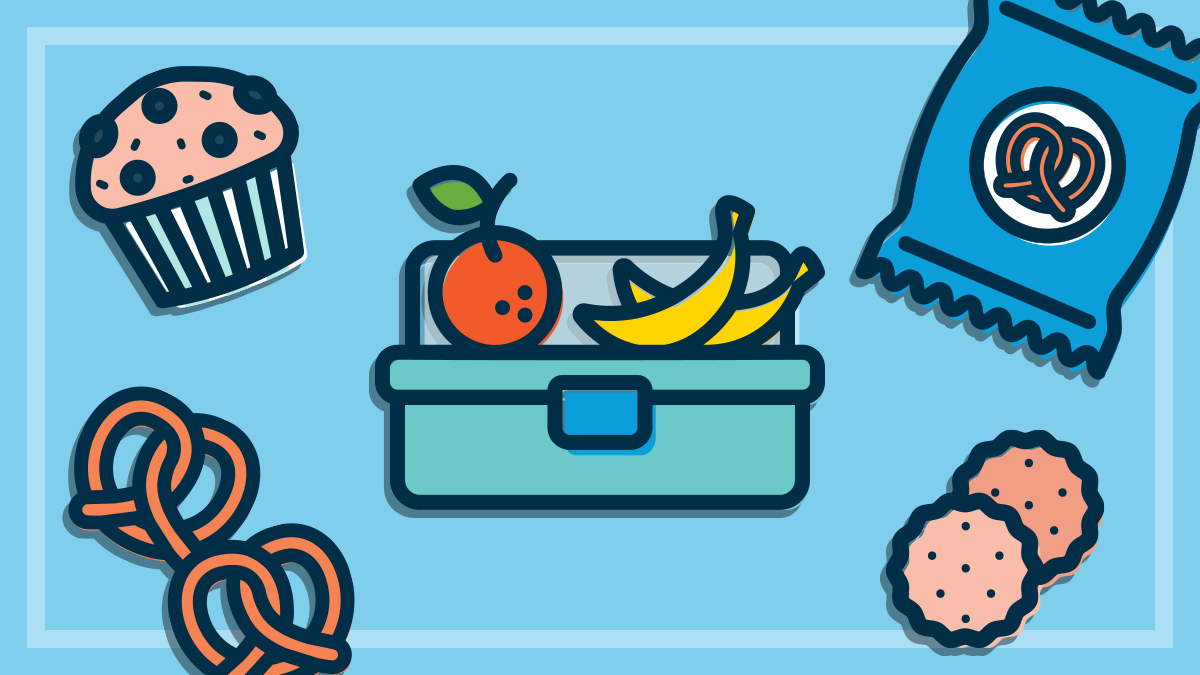
Something nobody warns you about when decide to have children is that you’ll have to prepare food for them every single day for a very, very long time.
On this page:
- 1. Go large: Say goodbye to pre-portioned snacks
- 2. Prep your own dairy products
- 3. Make puff pastry your friend
- 4. Bake up a storm
- 5. Use leftovers
This is hard enough in the baby and toddler years, when their tastes vary wildly and they have a tendency to throw things at the walls. But then the school years roll around and the reality hits: you have to get up every morning and fill a box with food for your child to eat over the course of an entire day. Five days a week. For 13 years. Oh, and there’s no fridge at school.
The immensity of this task is overwhelming, and it’s no wonder many of us turn to conveniently pre-packaged foods to help us stagger through. But with the cost of living really starting to bite, it’s worth getting creative in the kitchen to see if you can reduce your weekly grocery bill.
We’ve put together some low-effort ideas that can yield big savings over the course of the school year.
1. Go large: Say goodbye to pre-portioned snacks
This is probably the number one way to save a lot of money with minimal effort. Pre-packaged “lunch box-sized” snacks like crackers, chips, cookies and sultanas sure are convenient, but it really only takes a tiny bit more effort to tip some crisps into a smaller bag before throwing it into a lunch box.
And the savings can be substantial. For example, if you buy a 225g bag of Parker’s Baked Mini Pretzels, you’ll be paying $1.56/100g. But if you buy the exact same product in six pre-portioned packs, you’ll pay almost double ($3/100g).
With the cost of living really starting to bite, it’s worth getting creative in the kitchen to see if you can reduce your weekly grocery bill
To save more money in the long run (and help the environment), invest in a few good-quality, reusable silicone ziploc bags in various sizes that can be used in lunch boxes every day. Another benefit of packing snacks this way is that you get to decide the portion sizes, and you can mix snacks together in one bag.
It’s also worth noting that food packaging is used to market foods to children and to build brand recognition and brand loyalty. Placing foods in generic packets from home instead of their original packaging will reduce your child’s exposure to marketing from food companies.
2. Prep your own dairy products
It’s not just dry snacks like chips and crackers that cost a fortune in their pre-portioned form. Popular lunch box snacks like cheese and crackers and flavoured yoghurt pots or pouches are also more expensive than their basic counterparts.
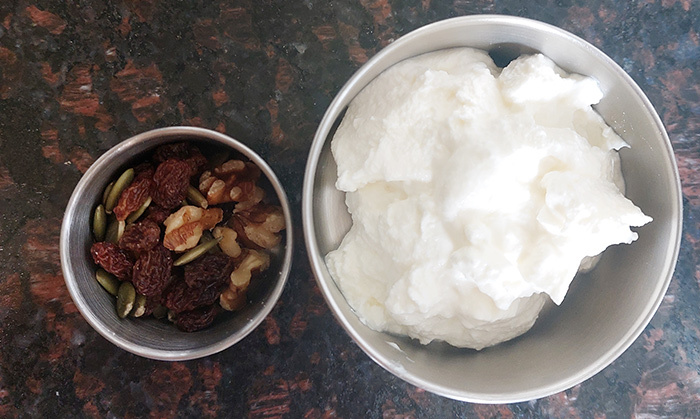
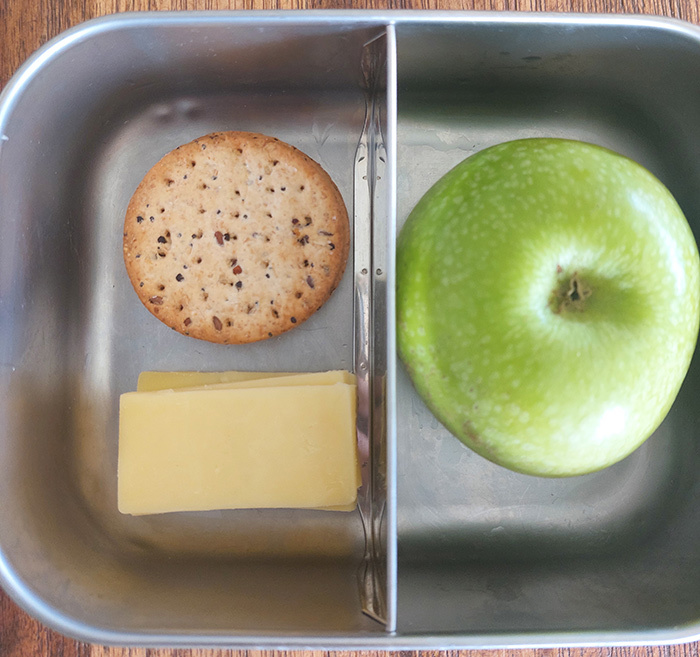
For example, a four-pack of Mainland Munchables Tasty Cheese & Crackers costs a whopping $7 ($1.75 per pack). And each pack contains just three measly slices of cheese and three crackers.
Instead of buying cheese and cracker packs, you could buy a giant 1kg block of tasty cheese and cut it into cubes yourself (or try grating it into a container – kids often go wild for grated cheese).
Serve with some crackers (also from a large pack of course) and hey presto, you’re getting the exact same snack for a lot less money. In fact, we calculated that making the exact same serving size of cheese and crackers can cost as little as 27c per serve.
You can also save by buying a large tub of your kids’ favourite yoghurt flavour and portioning it into leakproof containers yourself, rather than buying individual tubs or pouches. You can even make it fun by adding another container with custom “mix-ins” – nuts, seeds and dried or frozen fruit are all good options for them to add themselves when they’re ready to eat it.
3. Make puff pastry your friend
If you often buy your kids savoury baked goods for their lunch boxes, you could save by making some really simple things yourself. It’s amazing what you can do with a few sheets of puff pastry. From cheese and vegemite twists to mini pizza pinwheels or ham and cheese scrolls, the internet abounds with ideas.
The recipes are usually very simple, mostly just a matter of spreading a couple of ingredients on the pastry and popping it in the oven.
And the best bit is you can bake these things in bulk, freeze them and then just put them in your kids’ lunch boxes in the morning.
The cost of making your own puff pastry scrolls was 76c per 100g, while the pre-made option was almost twice as much at $1.44 per 100g
We compared the cost of making puff pastry cheese and vegemite scrolls with buying a 6-pack of Woolworths Mini Mighty scrolls (they’re not strictly the same, because the Woolworths product uses bread dough rather than puff pastry, but hopefully most kiddos would still like the puff pastry option).
The cost of making your own puff pastry scrolls was 76c per 100g, while the pre-made option was almost twice as much at $1.44 per 100g.
If you want to take it a step further and make your own 2-ingredient dough using just yoghurt and self-raising flour, you could pay as little as 66c per 100g to whip up some cheesymite scrolls.
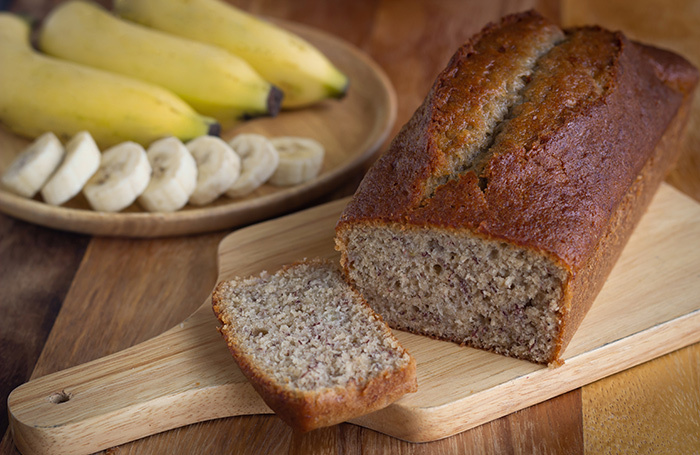
4. Bake up a storm
The same goes for baked sweet treats like mini muffins and cakes. Even if you don’t consider yourself much of a baker, it can be very worthwhile to spend an hour whipping up a giant batch of super-simple banana muffins or choc-chip cookies, freeze them and use them in lunch boxes for the entire month to come.
As well as saving money, another benefit of making from scratch is having control over the ingredients, so you can avoid things like artificial colours or flavours and excessive sugars.
For example, we compared the cost of a five-slice pack banana bread from Woolworths, a single serve of pre-made banana bread from Coles, and a super simple homemade loaf using the recipe on the Woolworths website and the cheapest ingredients from Woolies.
Buying the pre-made 5-slice option will cost you $1.30 per 100g, while the single-serve Coles banana bread will cost you $2 per 100g. But making it yourself can cost as little as 57c per 100g – that’s less than half the cost of the cheapest pre-made option. Over a year, that can add up to a tidy saving.
Plus, the pre-made options contain preservatives, while the home-made option is all-natural (and will freeze perfectly well if you want it to last).
Lunchbox savings
Pre-portioned pretzels – 75c per serve vs portioning a large bag yourself – 39c per serve
Store-bought savoury scrolls – 83c per serve vs homemade puff pastry version – 44c per serve
Store-bought banana bread – $1.30 per serve vs homemade version – 57c per serve
Store-bought munchables – $1.75 per serve vs homemade version – 27c/serve
5. Use leftovers
The cheapest lunch of all is food you already have that would otherwise go to waste, and dinner leftovers can make a delicious lunch if served well.
If you’ve had something for dinner that can be reheated, such as pasta, bolognaise or curry, package up a hot portion in a thermos, and lunch for the day is sorted. Just add some snacks for recess and a piece of fruit and you’re good to go.

